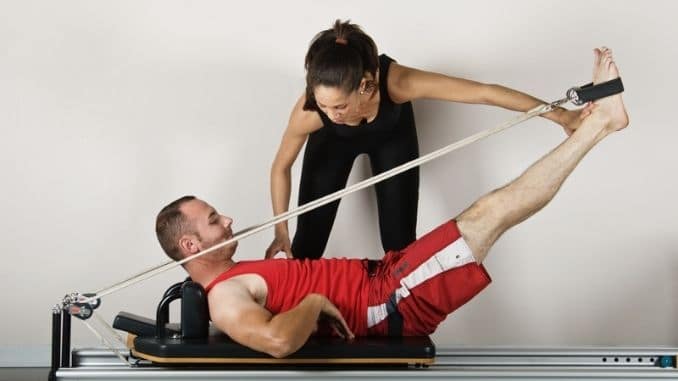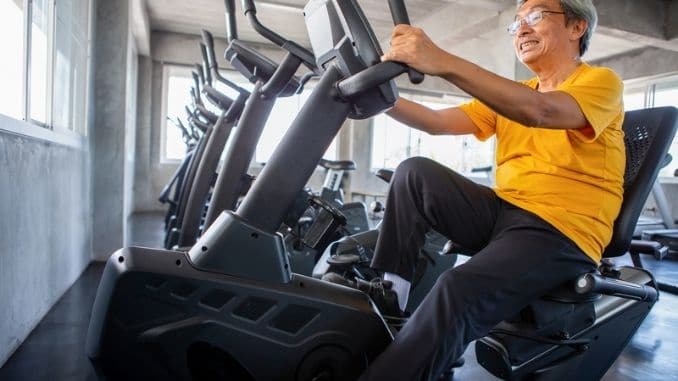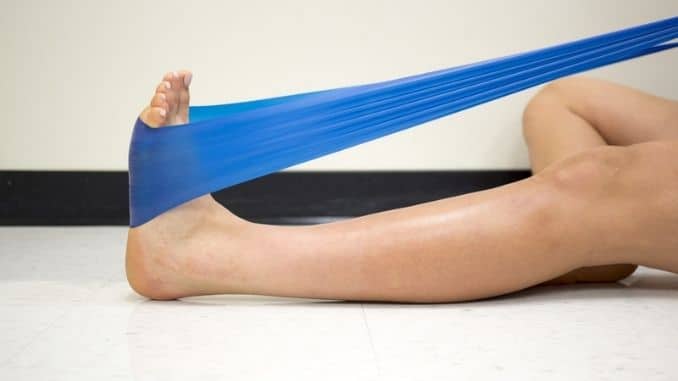
Multiple Sclerosis is a condition that can affect the brain and/or spinal cord, causing a wide range of potential symptoms, including problems with vision, arm or leg movement, sensation, or balance. It’s a lifelong condition that can sometimes cause serious disability, although it can occasionally be mild. No two people have exactly the same symptoms. You may have a single symptom, and then go months or years without any others. A symptom can also occur just one time, go away, and never return. For some people, the symptoms get worse within weeks or months. MS usually affects your leg muscles, and as such, this is an early symptom for almost half the people with MS.
Because of mobility challenges and other symptoms, MS can predispose a patient to falls and the potentially life-changing consequences of fall-related injuries. Studies have shown that approximately half of the middle-aged and older individuals with MS experience at least one fall over a six-month period.
Falls often occur while performing daily activities, particularly activities that involve walking and transferring. While uneven terrain, weather conditions, unfamiliar surroundings, and accessibility issues can result in falls outdoors, a large number of falls take place in the home.
The causes of a fall event are most often multifactorial and can be categorized into intrinsic causes (related to the individual, including impairments related to MS) and extrinsic causes (related to the environment, e.g. area rugs).
Since fall risk is multifactorial, fall prevention interventions are often multi-faceted and target modifiable risk factors.
Components of Fall Prevention Include:
- Education of the patient and family. This includes teaching the patient how to fall safely and get up off the floor. It also encompasses teaching family members how to help in these situations. Often an ‘alert button’ is recommended as an added safety measure.
- Use of appropriate assisting devices and orthotics
- Exercise, including aerobic and strengthening exercises
- Review of any medications
- Calcium and vitamin D supplementation to help strengthen bones
- Home safety evaluations to check how the patient functions in the home environment and to recommend safety modifications. This might include:
-
- Removing throw rugs, loose wires or other objects from the floor
- Installing handrails
- Leaving lights on or adding night lights
- Checking railings for stability
- Installing grab bars in the bathroom
- Modifying the kitchen organization for easy access
For many with Multiple Sclerosis, exercise has some amazing benefits. It can ease symptoms, help promote mobility and minimize the risks of certain complications.
However, it’s important that you use caution when exercising, as overdoing it may end up compromising your muscular system, increasing pain, and overstressing your body and mind.
Exercises to Consider:
1. Stretching
Stretching remains to be one of the most effective exercises for improving balance and coordination. It’s also easy for people of all physical activity levels.
Stretching can improve your posture and help prevent the aches and pains associated with MS. Gentle stretching can also help warm up your muscles for movement. This is important if you’ve been inactive for a long period of time.
2. Pilates
Pilates may be a great option for someone with early symptoms of MS. Pilates exercises can help activate the smaller stabilizing muscles that make human movement possible.
The “roll-up” is a great Pilates exercise to activate the deep abdominal muscles that are responsible for stabilizing the spine. Maintaining this function is vital for balance, which can be one of the biggest limiters for individuals with advanced MS.
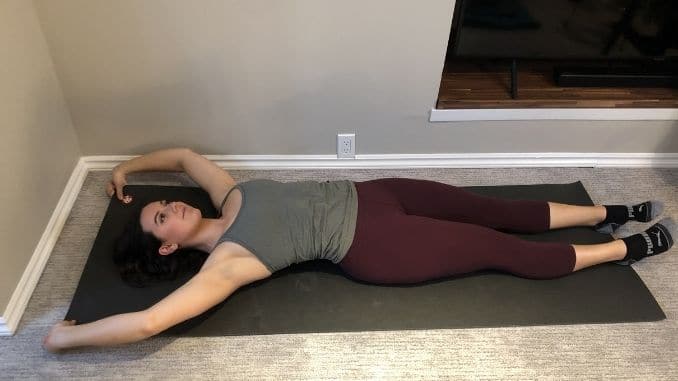 |
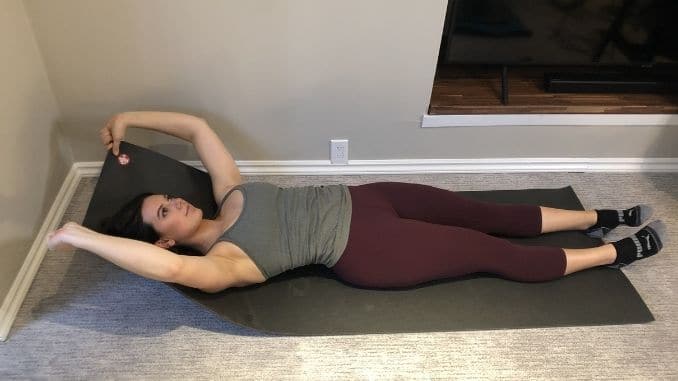 |
Lie on your back on a mat with your legs straight. Reach overhead and hold the end of the mat with your fingertips. Exhale and try to pull your stomach in towards the floor. Still holding onto the mat, slowly peel your shoulder blades and upper back off the floor, while gently pushing your head back into the mat. Pause for two seconds, trying to feel that contraction in your abdominals. Slowly reverse the movement, lowering your upper back down to the floor.
3. Yoga
Yoga is another good example of a good exercise for those with MS, as it allows the body to breathe, calms the mind, and stimulates the muscles. Yoga can help increase the range of motion, decrease muscle tension, and build muscle stamina.
4. Water Exercise
People with MS tend to struggle with overheating, especially if they’re exercising outside. For that reason, exercising in a pool may be ideal, as it will help you keep cool.
5. Recumbent Bicycling
Traditional cycling may pose too many challenges for a person with MS. However, modified cycling, such as recumbent cycling, can be very helpful. You still go through the same movements as you would on a traditional bicycle, but don’t have to worry about balance and coordination.
Spasticity
Spasticity is one of the more common symptoms of MS. This can range from mild muscle tightness to pain or tightness in and around joints, to uncontrollable spasms of your extremities, usually of the legs.
The Achilles tendon exercise below helps release tension in the soleus, a calf muscle that is primarily used for pushing off the ground while walking. Often, people with MS experience limited mobility due to stiffness in this area.
Achilles Tendon Release
While seated in a chair or on the floor, extend one leg and wrap a band or strap around the ball of that foot. Lengthen your spine by sitting up tall and gently pulling your stomach in towards your spine. Maintaining good alignment in your upper body, slowly pull on the band or strap, pulling your foot back towards you. The movement should occur at your ankle joint, lengthening the overactive muscles in the back of the lower leg and heel.
An exercise program may need to be adjusted as changes occur in MS symptoms. Any person with MS who is initiating a new exercise program should also consult with a physician before starting.
While the loss of muscle control and a negative impact on overall balance is a reality for many living with MS, there are steps you can take to help decrease your risk of falling. It is important to take the necessary steps to ensure your safety. Ask those around you for help and consult with your local MS Society for their recommendations. You are not alone.
Discover the all natural way to strengthen your bones. Click here to learn more.



